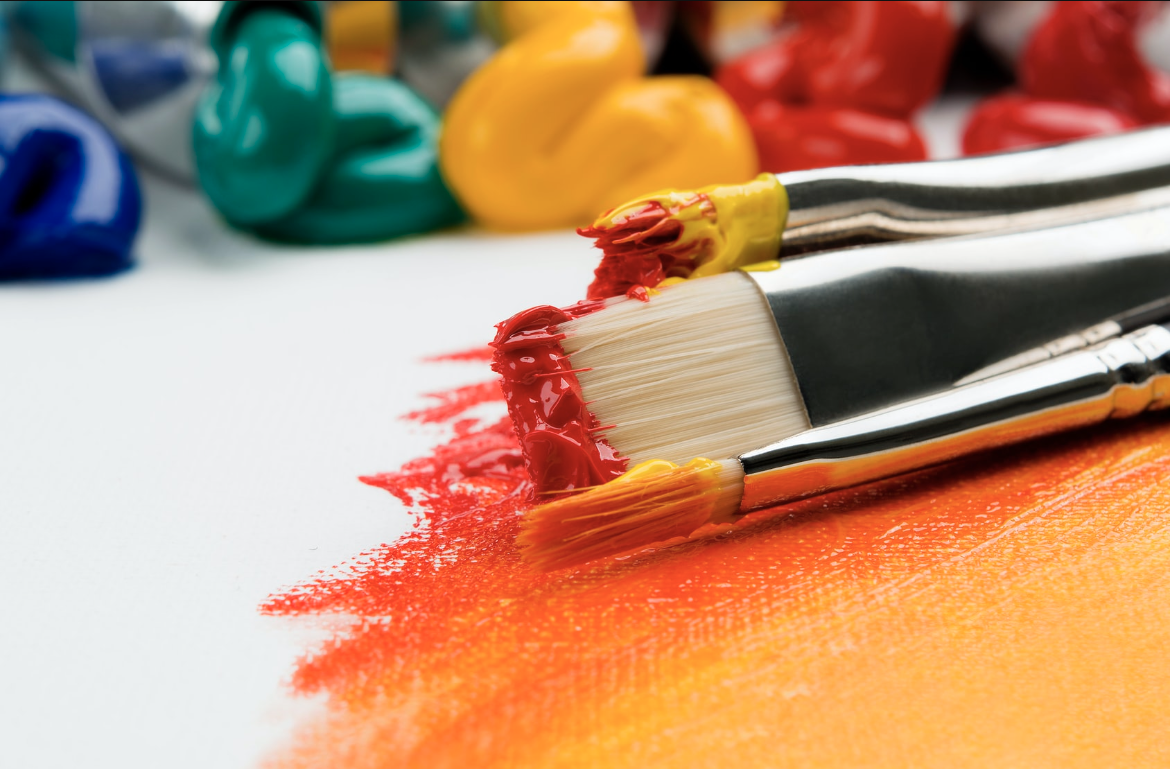The Importance of Art in Early Learning

When we observe children coloring and painting, we often think they are simply scribbling and doodling. What if I told you that some major learning and cognitive development is happening while they create art? What if I told you that children who are involved in art activities on a regular basis are four times more likely to be recognized for academic achievements? This is the importance of art in early learning.
Art is a Critical Activity
Art is a uniquely critical activity that all children should have the opportunity to immerse themselves in. Education in art supports the development of young children in so many areas and has many long-lasting benefits to our children’s overall mental, physical, and emotional well-being! Some of the areas of development that benefit from creating art include fine motor skills, cognitive development, math skills, language skills, decision making, visual learning, cultural awareness and so much more!
Cognitive Development
Cognitive development is one of the biggest benefits of art in young children. They are sponges and absorb everything around them. While creating art, children are learning colors, patterns, and even cause and effect while mixing colors or experimenting with the color shade when coloring softly or under more pressure. They learn math skills such as shape, size, counting, and spatial reasoning.
Language Skills
Art is a great time to teach children language skills as well as an opportunity for them to practice. Ask open-ended questions to allow the children to verbalize their thoughts and feelings about their piece; this also allows you to decipher what they’ve created, without giving them the impression you’re not sure what they’ve made. You can also take this time to allow them to tell you about their process and techniques as well as introduce new vocabulary such as texture, shade, etc.
Fine Motor Development
Children who participate in artist activities regularly are given the opportunity to develop their fine motor skills. Art is a very hands-on activity where children work with their hands creating masterpieces. Painting, coloring, cutting with scissors, modeling clay, and bead stringing are among the many ways art supports a child’s fine motor skills.
When creating art with children, be sure to support and not lead. Allow the child to experiment with different techniques and a variety of materials. Offer materials that may be unexpected such as uncooked pasta, Q-tips, beans, cotton balls, etc. It’s all about the process, not the product.
Conclusion
Overall, art is a very important activity that allows advancement in physical and mental development, the outlet for free expression, and let’s be honest, it’s FUN! There are no restrictions with art; their only limitation is their own imagination. Please encourage your students to be expressive, curious, free, and easy-going while they create art!
This blog was written by Sarah Wilkerson. Sara is currently a student with CDAClass.org where she hopes to obtain her Child Development Associate (CDA). Sarah currently works as a teacher’s aide at a preschool in Mineola, Texas. Her long-term goal is to be a lead teacher after she completes her CDA, while she continues her schooling in Child Education. Sarah has two children and many dogs who all live on a beautiful 45-acre ranch in quiet East Texas. She enjoys gardening, working with animals, and spending quality time with her children.
If you like this blog, share it with your friends! If you have any thoughts or comments get in touch with us we’d love to hear from you! Also, if you too would like to write a blog for us please contact us.
